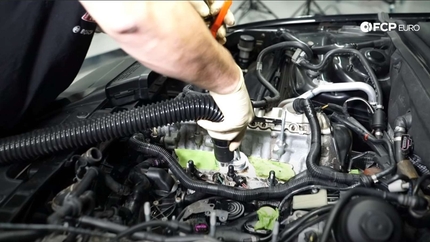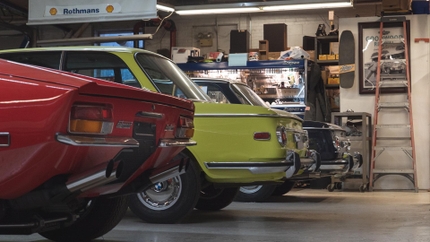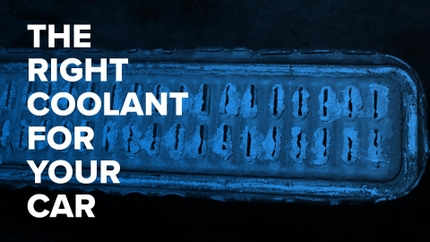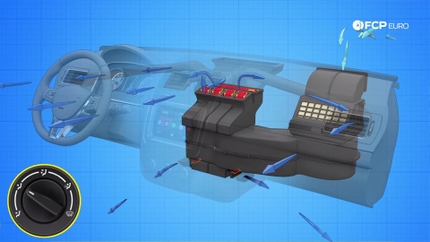- 01/07/2021
- 4 Min Read
- By: Christian Schaefer
How To Replace The Spark Plugs & Ignition Coils On An Audi/VW 1.8t & 2.0t Engine
The ignition system controls one of the three essential functions needed for an engine to run. Failing spark plugs or coils on the 1.8t/2.0t engine in your Volkswagen or Audi will produce a weakened spark at best, resulting in poor ignition of the fuel/air mixture in the cylinder. Without the spark, the engine will make significantly less power while sounding and feeling poor. A P0300-P0306 code will pop up when the engine computer determines a fault with the spark in a specific cylinder.
Even though the spark plugs and ignition coils play a critical role in how an engine performs, they are easily accessible and require a few hand tools to be replaced. The cost of parts is relatively cheap, and valuable wrench-turning experience is gained in completing it on your own.
Models and Years Applicable:
|
|
|
|
|
|
|
|
|
|
|
|
Symptoms of worn spark plugs or ignition coil failure on an Audi/VW:
- Misfiring of engine
- Reduced engine performance
- Trouble starting the vehicle
- Reduced fuel economy
- Engine backfiring
- Check engine codes
Along with a poor performing engine, the faulty spark will cause a decrease in fuel mileage. No spark in a cylinder can lead to raw fuel being dumped in without being burnt. Raw fuel can get past the piston rings and wash the cylinder walls of the thin oil coating that lubricates it. The decreased lubrication will lead to increased wear on the cylinder walls and the piston skirts.
To ensure that your ignition components are performing as they should, replace them every 100,00 miles. If you are pushing more power through your engine from any modifications, cut the service interval in half.
What will it cost to change the spark plugs & ignition coils on a VW/Audi 1.8t & 2.0t?
The job’s cost will range between $150-$200 depending on which brand of parts you buy. Expect to pay another $150 on top of that to have a professional complete the job for you.
How long will it take to change the spark plugs & ignition coils on a VW/Audi 1.8t & 2.0t?
Even for beginners, this is a quick job. The ignition coils and plugs are easily accessible once the engine cover is removed, and only a couple of sockets are required to remove them. You can complete the job within half an hour if you follow along with the steps below.
Tools required to change the spark plugs & ignition coils on a VW/Audi 1.8t & 2.0t:
Parts required to change the spark plugs & ignition coils on a VW/Audi 1.8t & 2.0t:
- Ignition Coils (chose one)
- OEM Bosch Spark Plugs
Steps required to change the spark plugs & ignition coils on a VW/Audi 1.8t & 2.0t:
Step 1: Remove the ignition coils
Grab the plastic engine cover on both sides and pull up, removing it from the engine bay.

Then use a 10mm socket to remove the nuts securing the ground wires to the coil pack mounting studs.
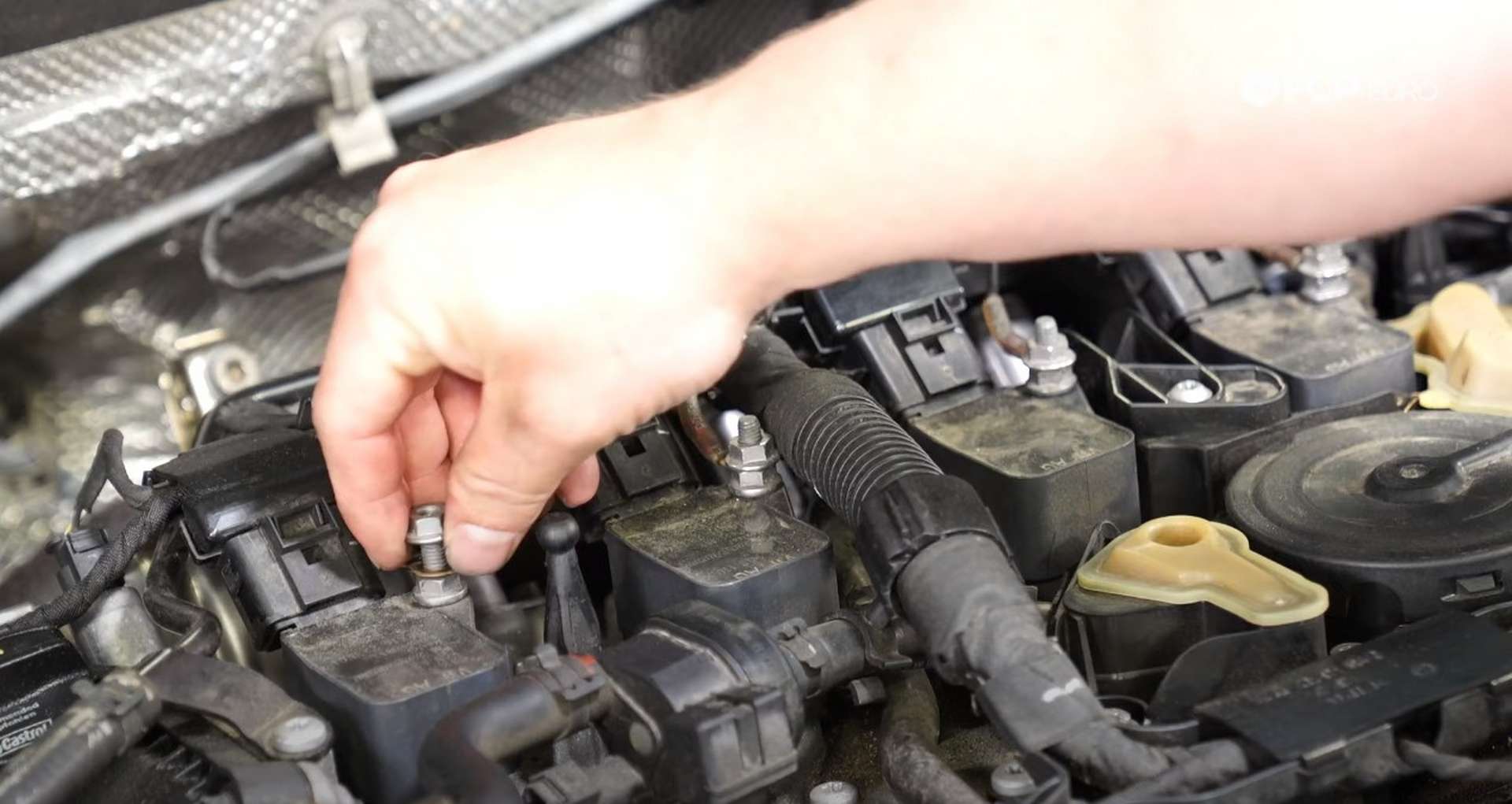
Then, use the same 10mm socket to remove the coil pack mounting studs.
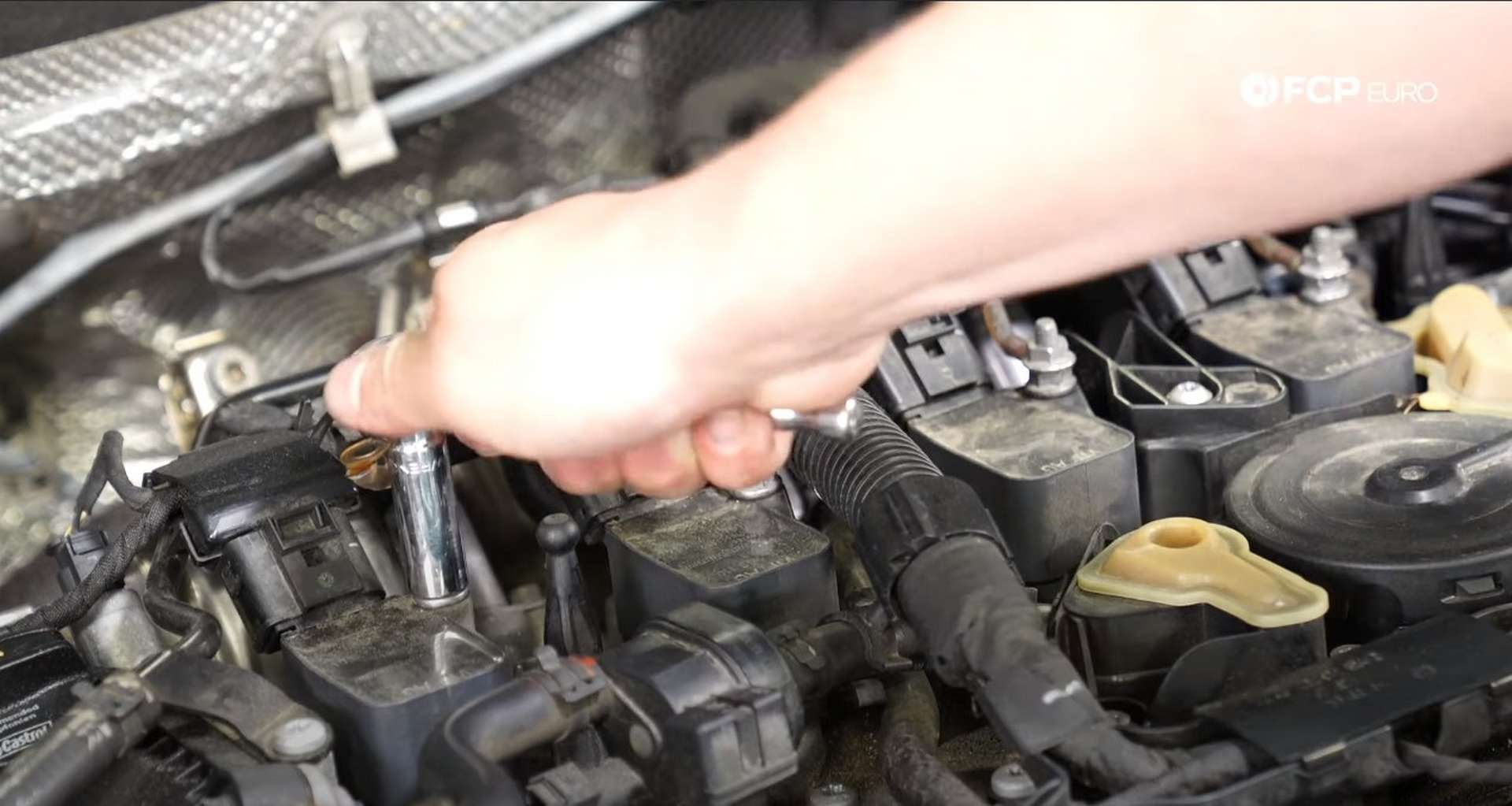
Slide the hook pick into the ignition coil plug and pry up slightly while pulling back on it. Repeat this for all four coils.
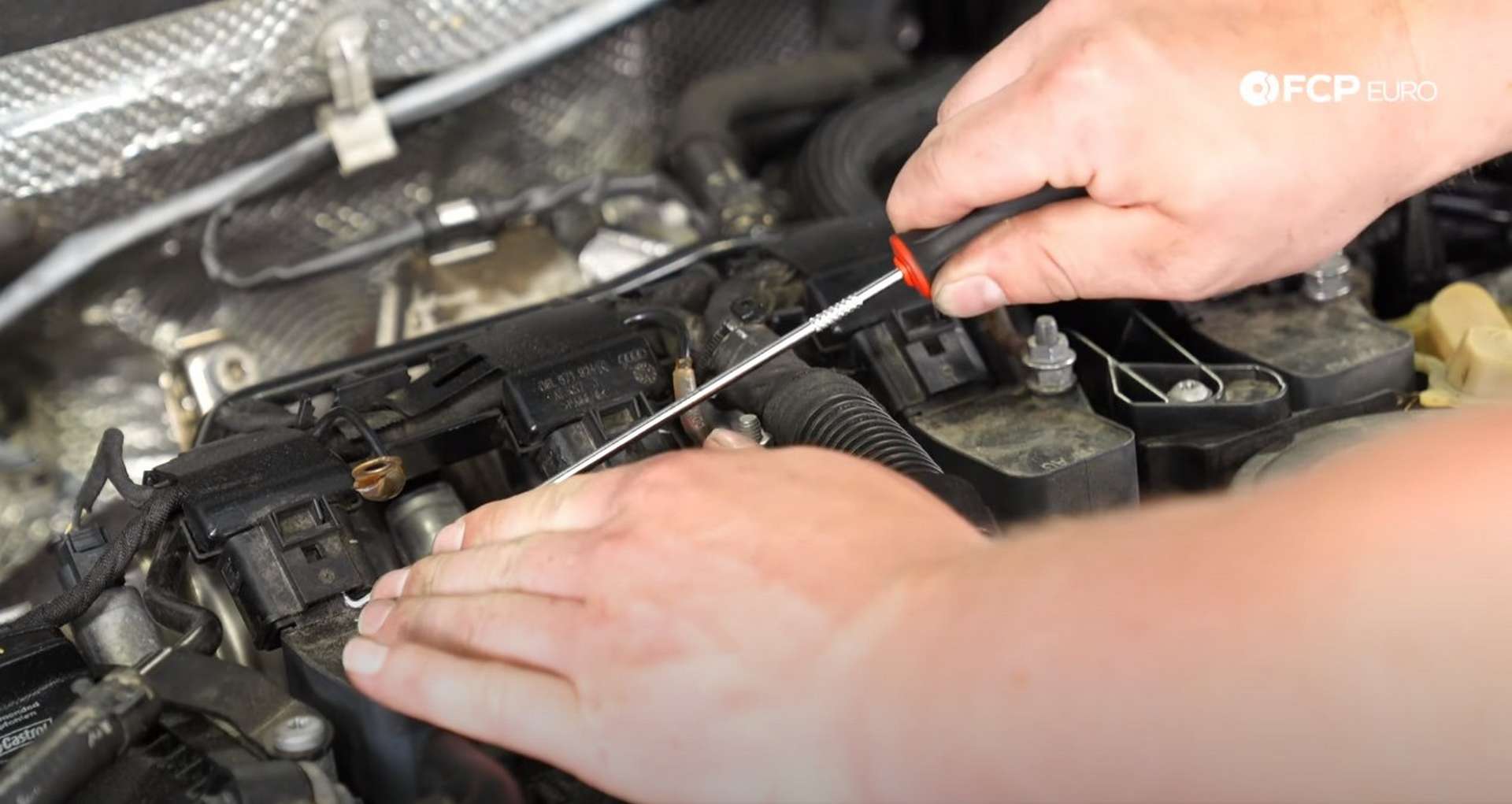
Pull up on the ignition coils to pull them out of the cylinder head.
Step 2: Replace the spark plugs
Use the ⅝" spark plug socket on an extension to remove the spark plugs from the cylinder head. Insert the new plugs into the socket and install them into the head. Use a torque wrench to tighten them to 30Nm.
Step 3: Install the new ignition coil packs
Seat the new coil pack into the head in the same orientation as the old packs. Thread in the 10mm studs by hand and then tighten them down with a 10mm socket. Just get the studs snugged up, they do not need to be tightened to death.
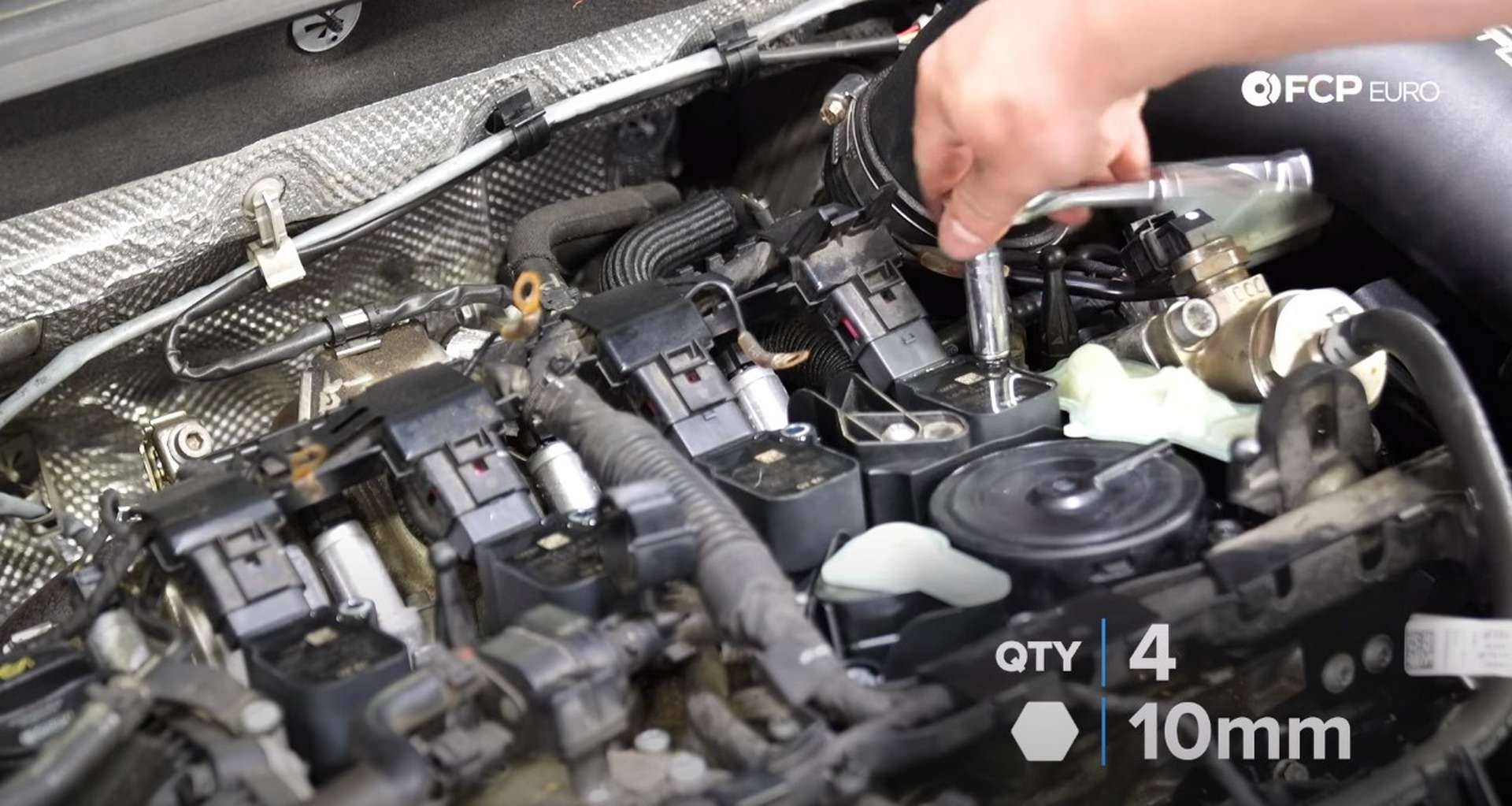
Install the ground wires and the nuts that secure them. Snug the nuts with a 10mm socket.
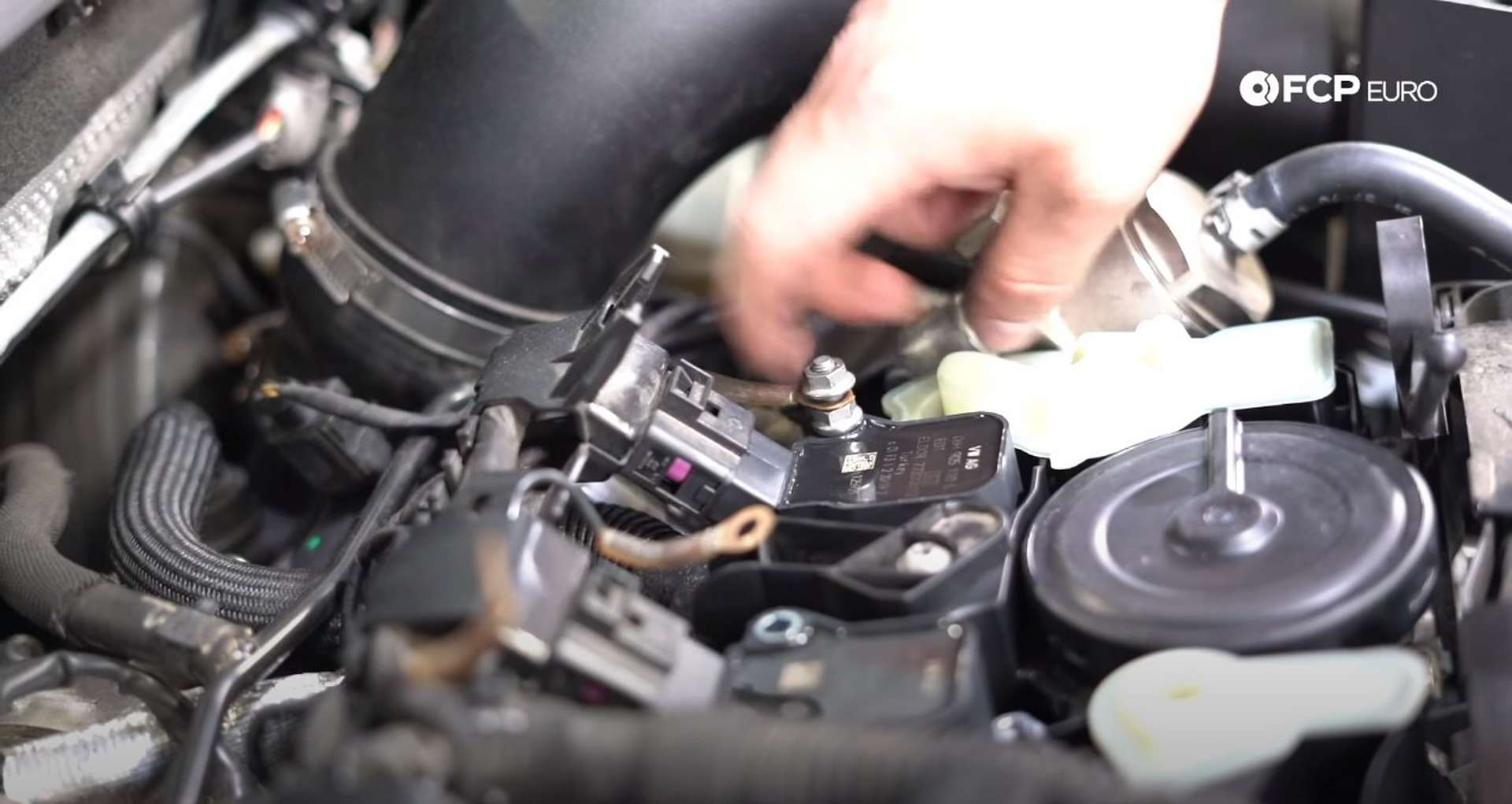
Reconnect the ignition harness plugs to the coil packs and then refit the engine cover. Start the car and ensure that it is running properly and that any engine codes are no longer present.
If you’re interested in more DIYs for your Volkswagen, you can visit vw.fcpeuro.com and subscribe to our YouTube channel.



